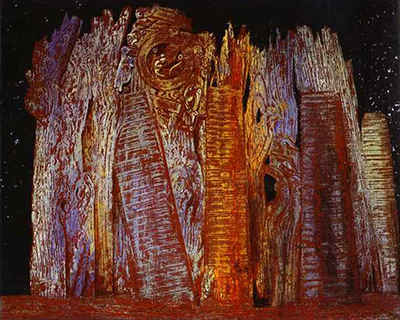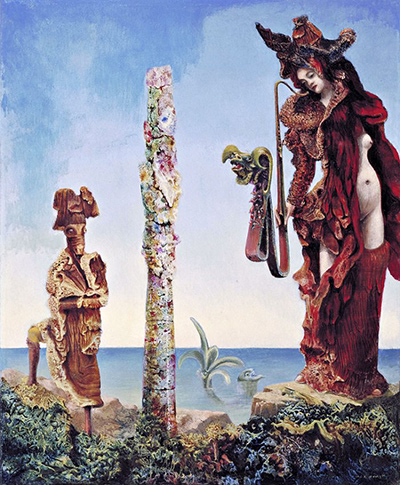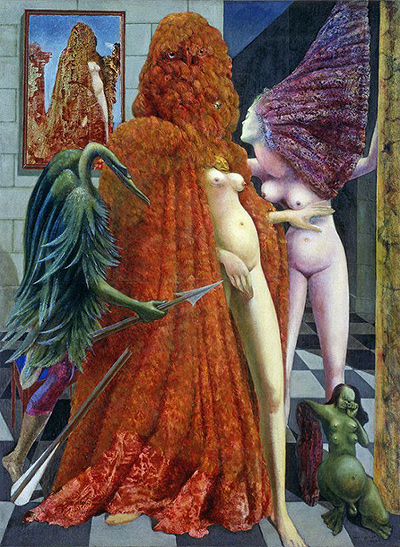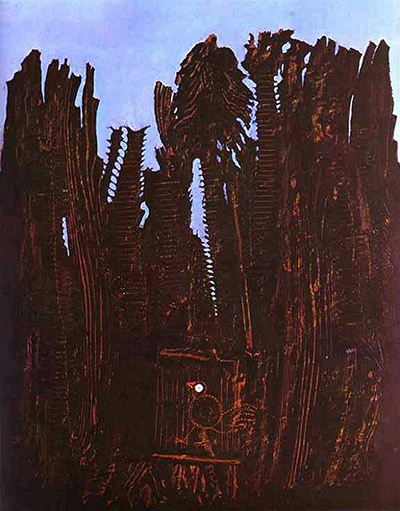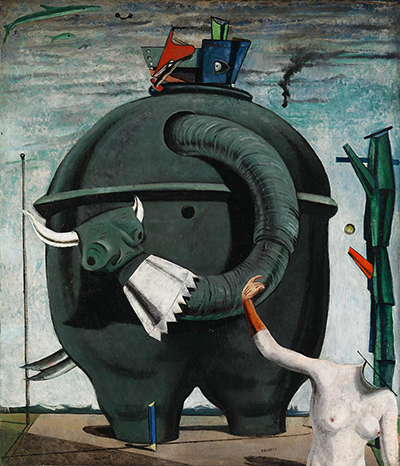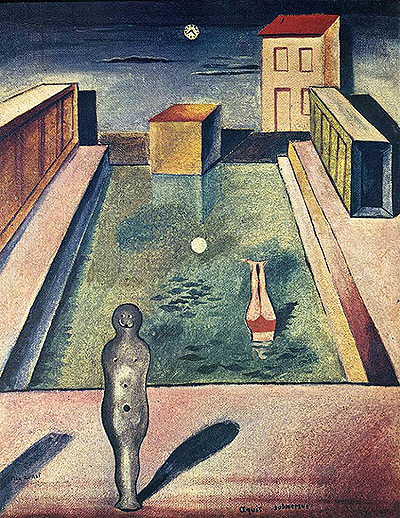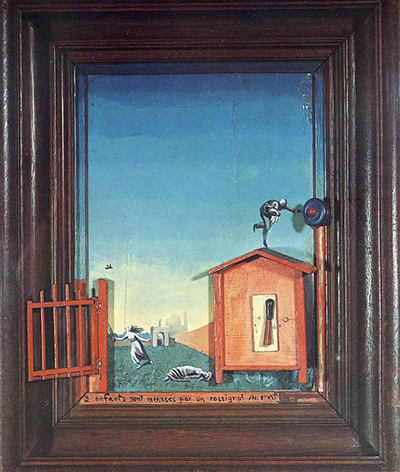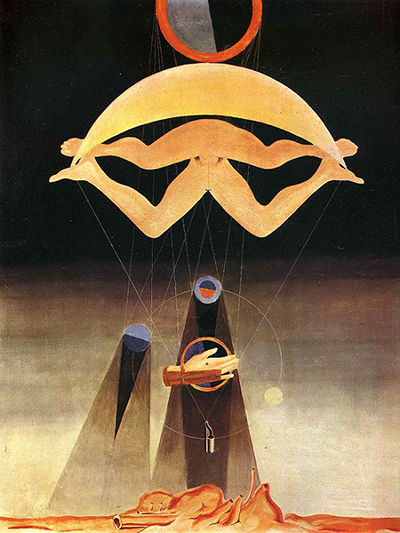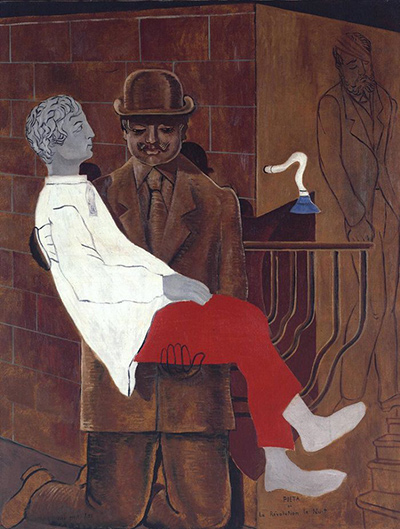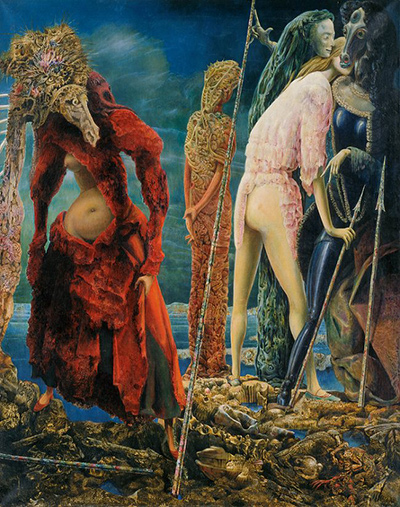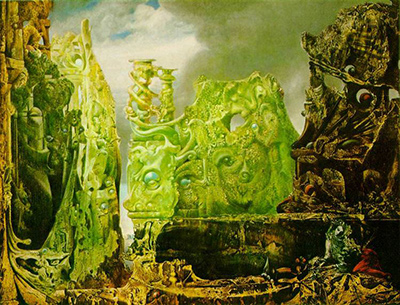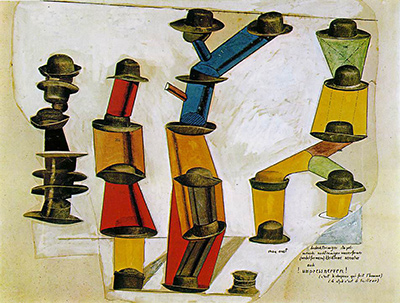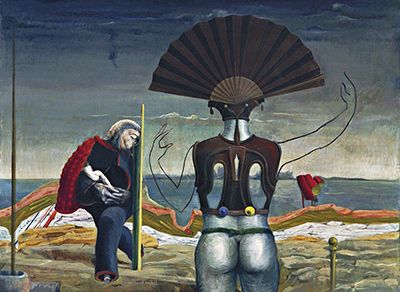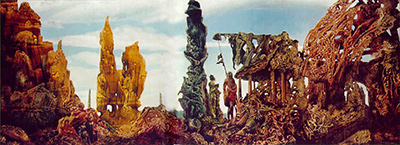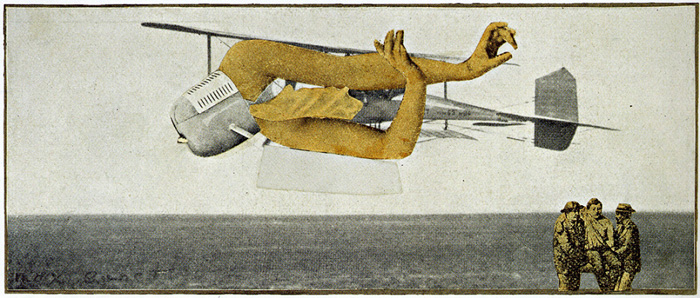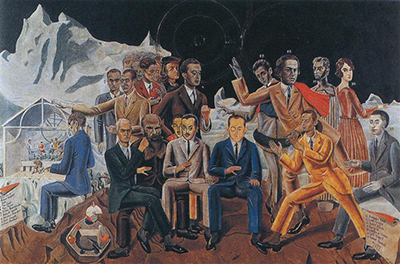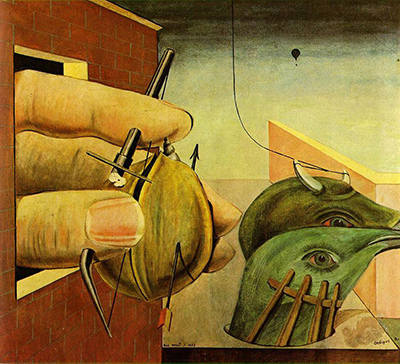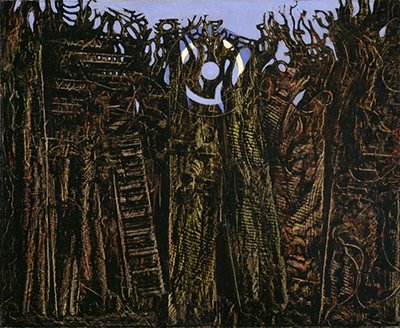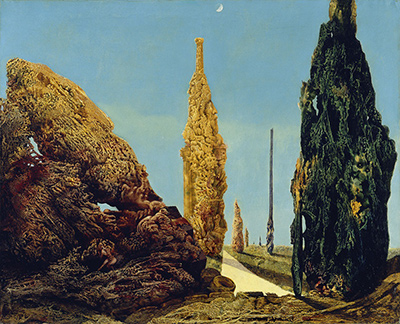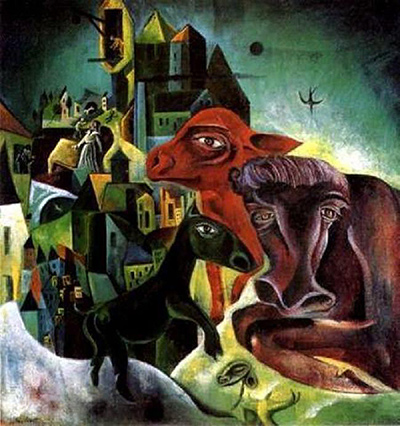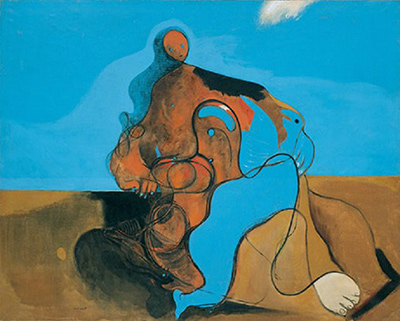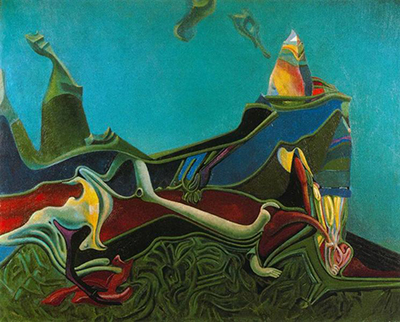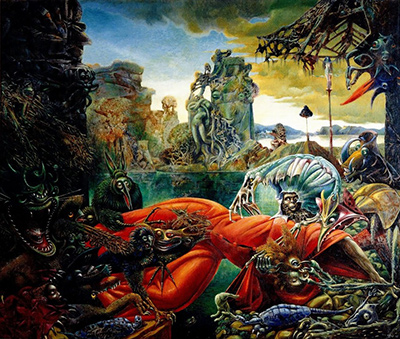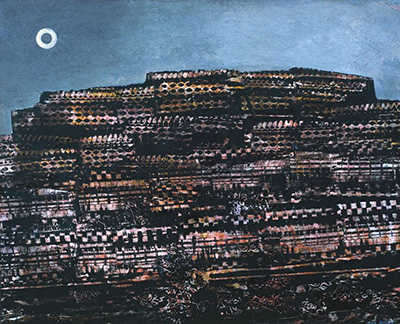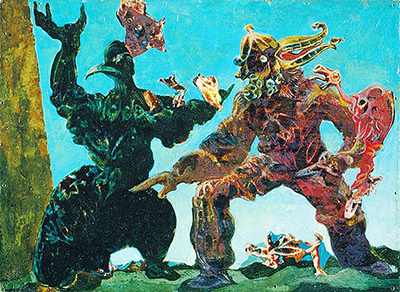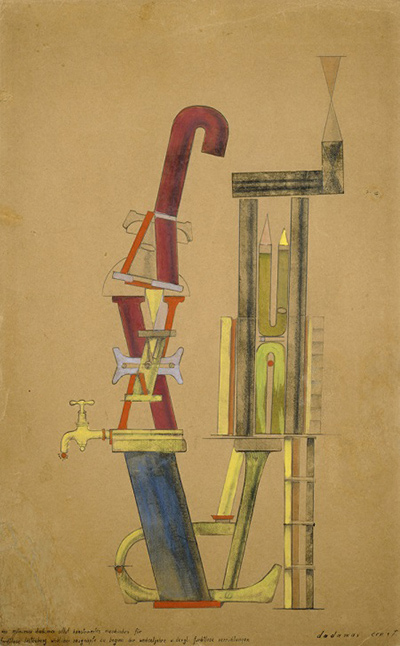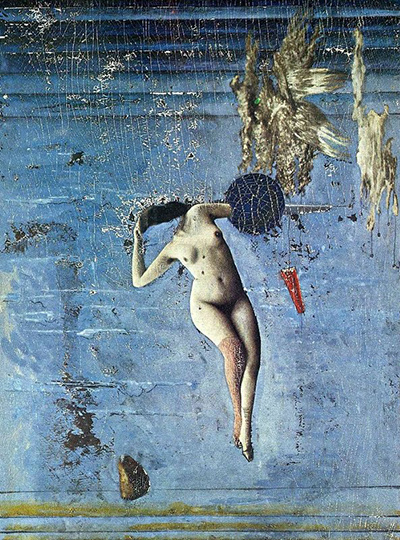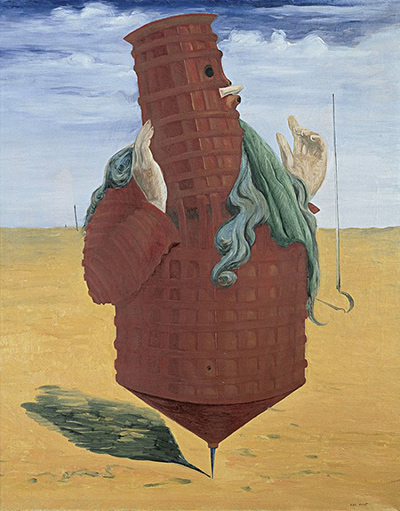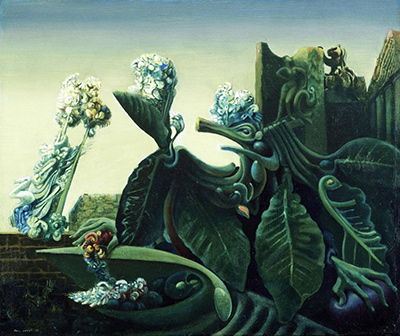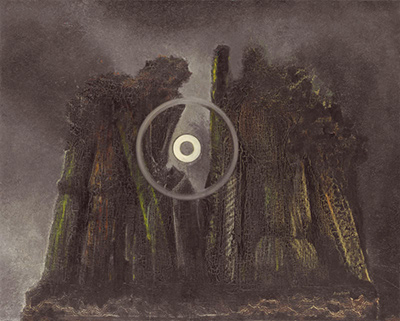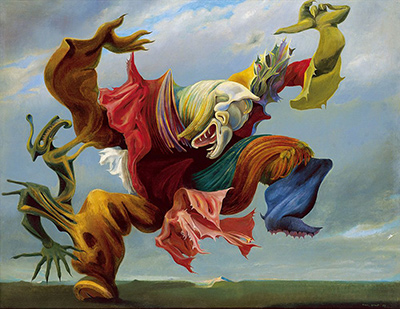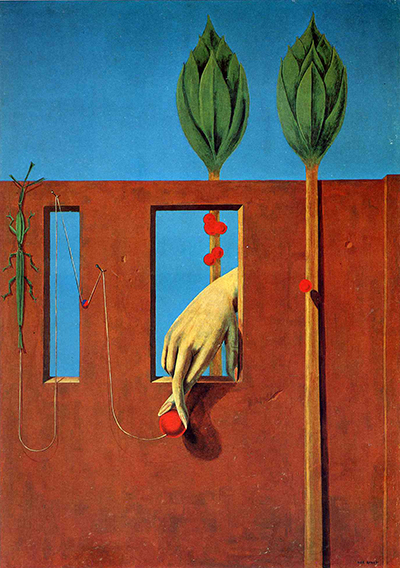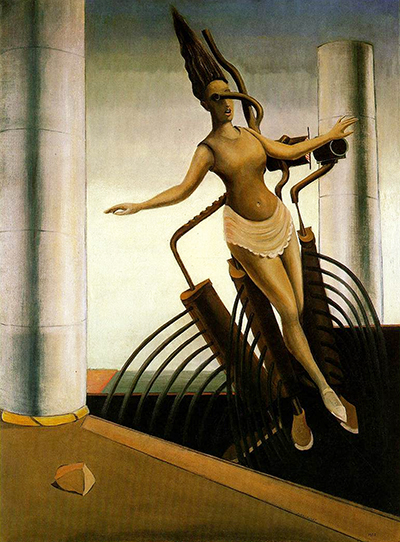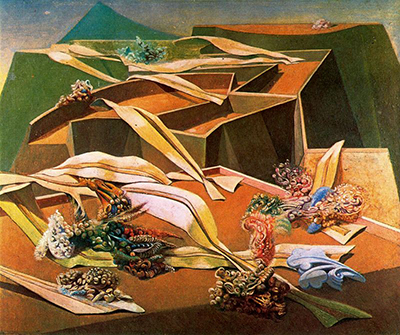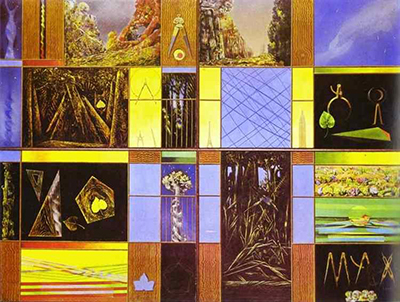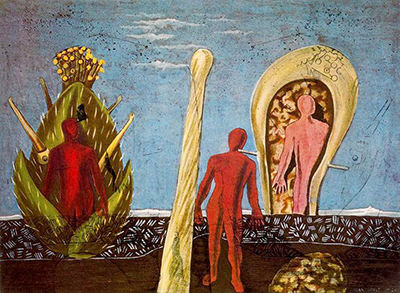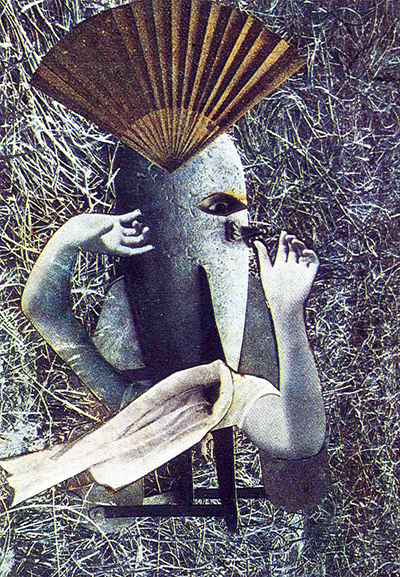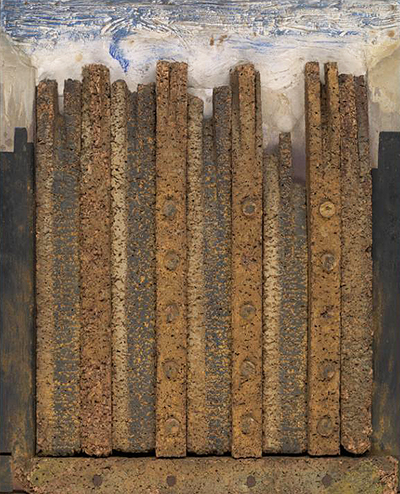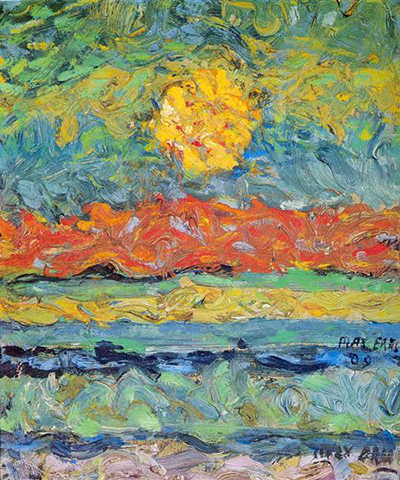Max Ernst's paintings were revolutionary, challenging artistic norms with a boldness and creativity not seen before.
His work within the Dada and Surrealist art movements was inspired by his deep connection with his own mind as well as studies in philosophy and psychiatry.
Max Ernst's attitude towards western society sank after his experiences during WWI and some of his work went into displaying his dismay through the use of symbolism. There would be several repeating objects throughout his career, just as Rene Magritte had used bowler hats in paintings such as The Son of Man. He would put his opinions together via several key art movements, namely Dadaism and Surrealism. He was also a key factor in putting these groups together, as well as contributing several entirely new artistic techniques, most famously Frottage.
Influence on German Art
The impact of Max Ernst's paintings provides a huge impact on German out even though he was also a naturalist American and French. He ranks alongside some of the country’s other great names such as Ernst Ludwig Kirchner, Otto Dix, Max Beckmann and also August Macke as one of the most significant exponents of art from this region. He also left a legacy within the United States as well which impacted the abstract expressionists such as Jackson Pollock.
In all, his legacy is greater than the knowledge of the public about his career but hopefully we can educate others as to the importance of his career and the impact that it left on others, both in Germany but also right across the globe. There has been a greater respect shown to the Surrealists as a whole in recent years, with younger generations seeming to be particularly interested in this movement.
Public Reception to Modern Art
Modern art is sometimes regarded as technical dumbing down, where detail is lost and form is reduced to the fewest number of components. Surrealism cannot be summarised like this, though. Deep-thinking artists such as Max Ernst combine high technical skills as both draughtsman and painters with the content of their own minds, be it thoughts or dreams. Their art then becomes a truly unique exploration which allows us to see visually the processes within their mind.
The result of this inevitably lead to a bending of reality which some love but leaves others confused. In this way, Surrealist paintings tend to be loved or hated by the public, with little room for neutrality in this controversial and intriguing artistic style. Thankfully, the present day allows a greater variety of work more generally, and allows the public to make their own choices based on personal taste, rather than dictating what is good or bad, although the mainstream media still have a tendancy to try to impose their own views upon us, in some cases.
Related Artists
Work by the likes of Duchamp, Dali or Ernst often requires a level of context in order to truly understand what one sees in a painting or sculpture. Accessible art would be the landscapes or cityscapes of artists like Monet, Pissarro or Giorgione. Modern life is so fast that many appreciate this immediacy. Others prefer to look deeper into the symbolism of particular objects included by a composition - what is its relevance in relation to the rest of the scene?
In some cases even the academics may struggle to decide between a number of different explanations after an analysis of each work, and unless concrete documentation has been provided, we are all left to discuss and debate possible meanings between ourselves. The easier artists to decipher tend to be those who use iconographical forms across different paintings, leaving a signature style which remains fairly consistent. Max Ernst's paintings are unique in both the content that he used, but also in the technical ways in which he worked and developed his artworks, making his career particularly important and influential from amongst all of those who contributed to the Surrealist movement.
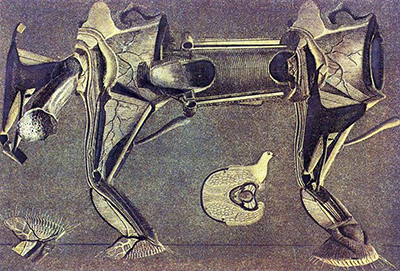
A Little Sick Horse's Leg
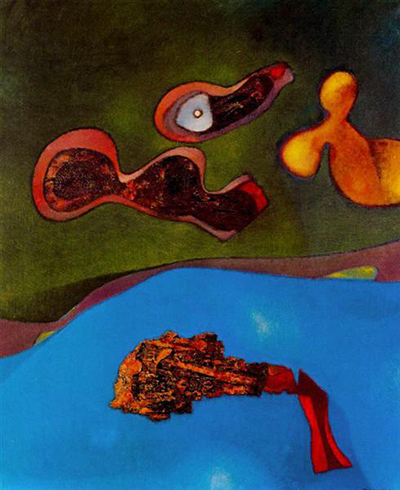
A Maiden, a Widow and a Wife
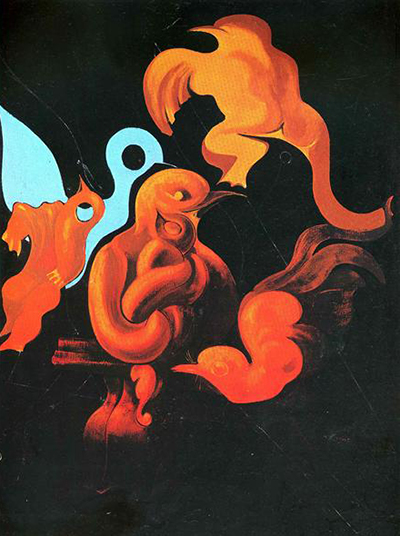
After Us Motherhood
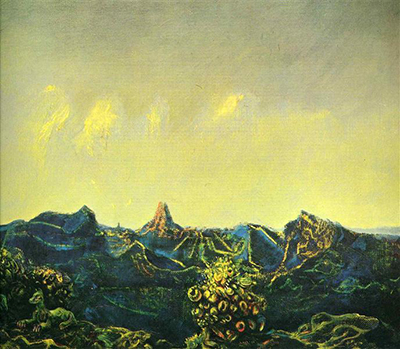
Antipodes of Landscape
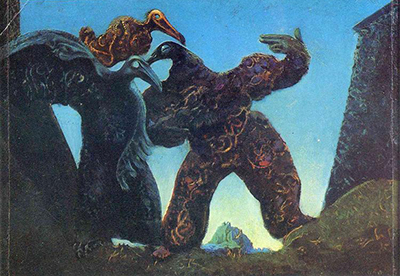
Barbarians Marching to the West
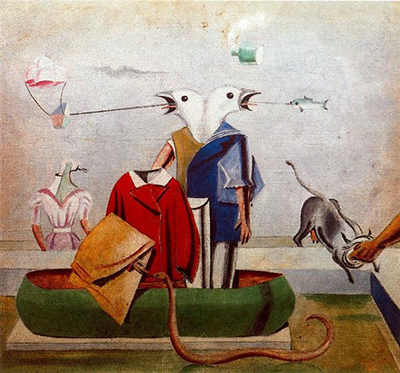
Birds also Birds, Fish Snake and Scarecrow
 Max Ernst.jpg)
Blind Swimmers (Effect of a Touch)
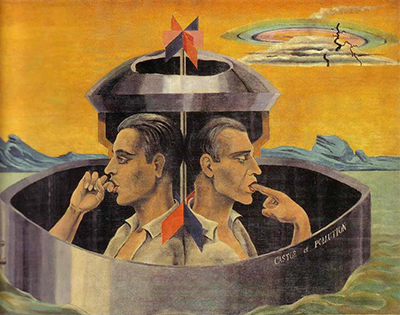
Castor and Pollution
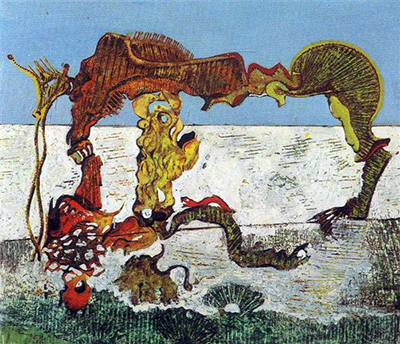
Child, Horse, Flower and Snake
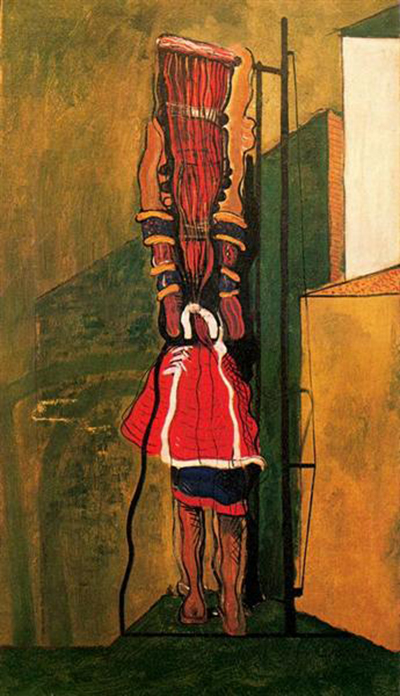
Chimera
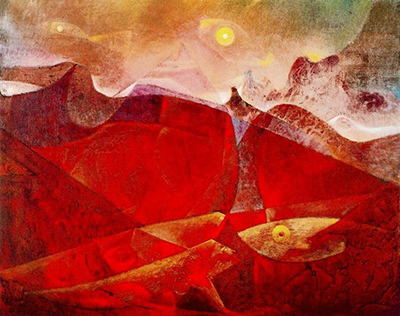
Colorado of Medusa, Colour Raft of Medusa
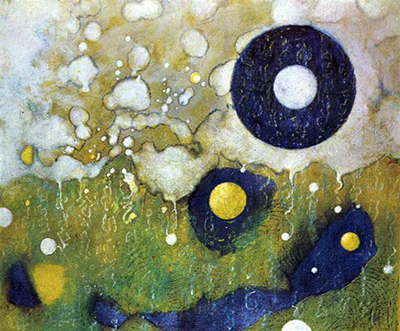
Configuration No.6
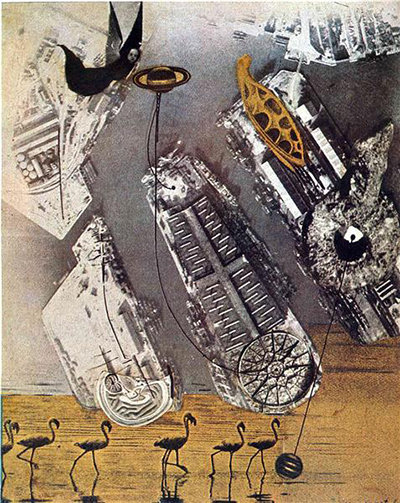
Cormorants
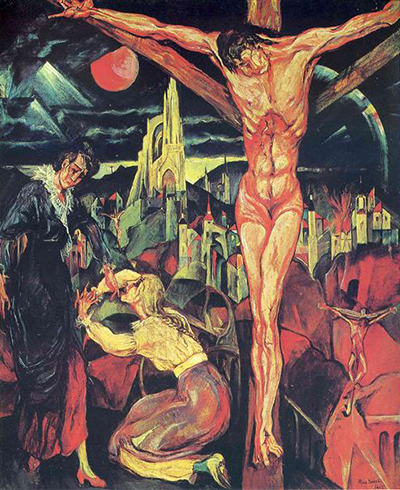
Crucifixion
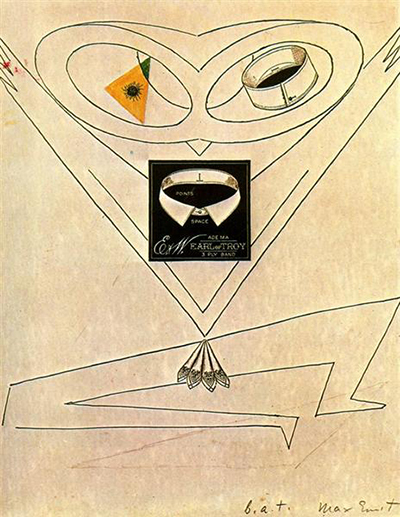
Dancing Owl
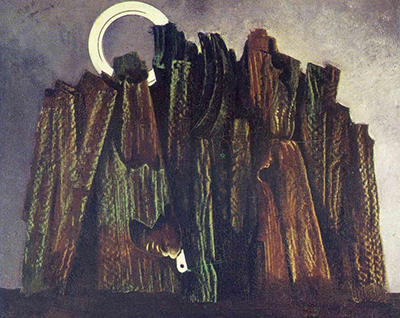
Dark Forest and Bird
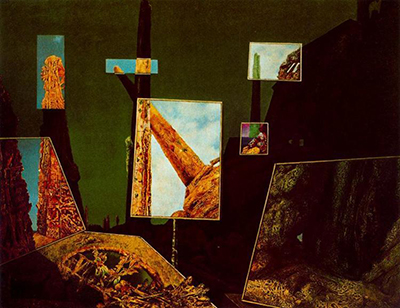
Day and Night
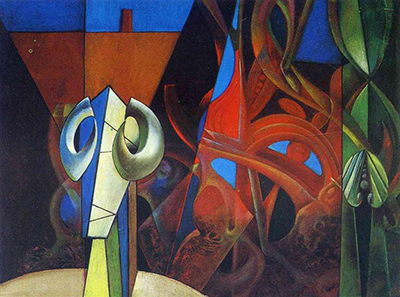
Design in Nature
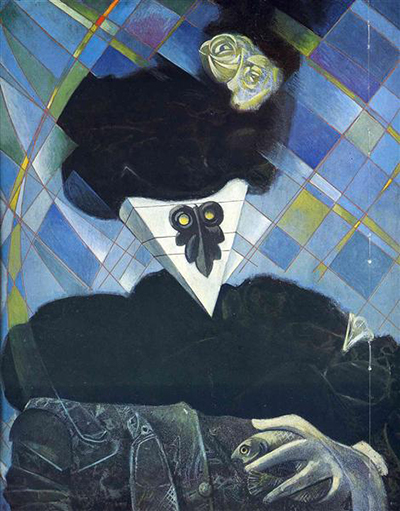
Euclid
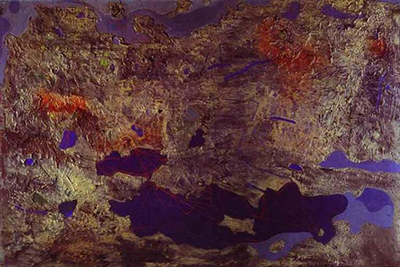
Europe after the Rain I
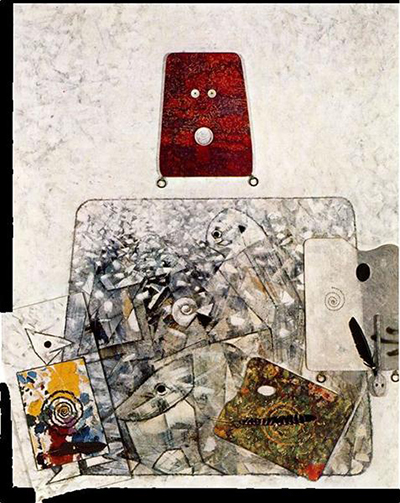
Father Ubu with Son
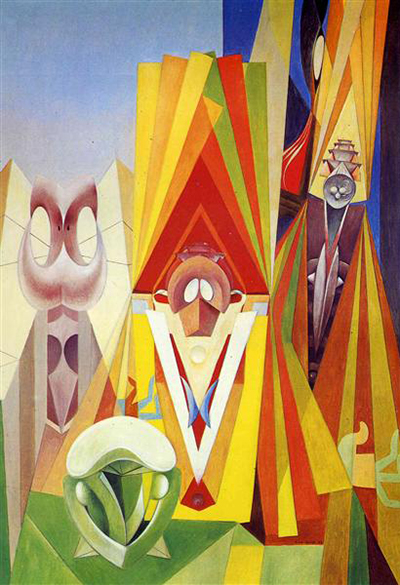
Feast of the God
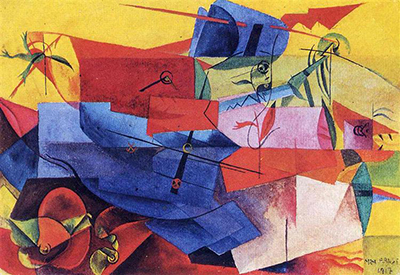
Fish Fight
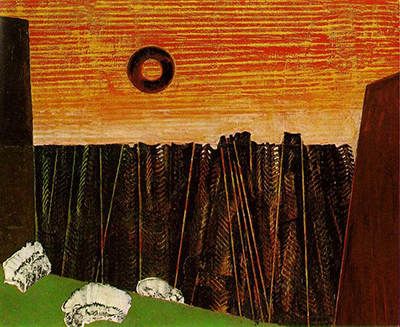
Fishbone Forest
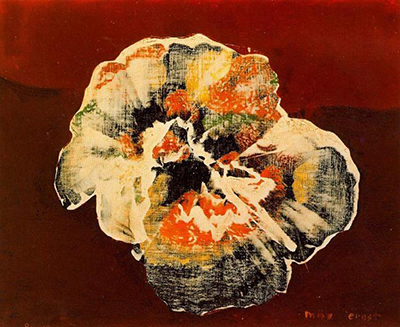
Flower Shell
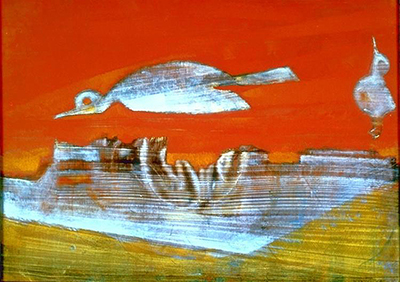
Flying Geese
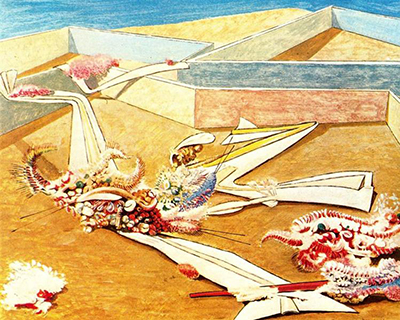
Flying Horse Garden
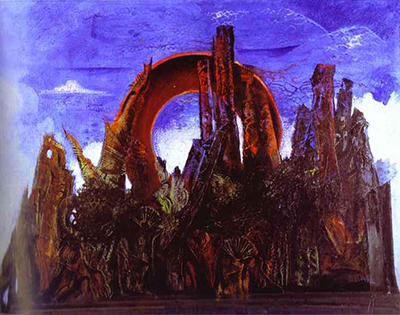
Forest
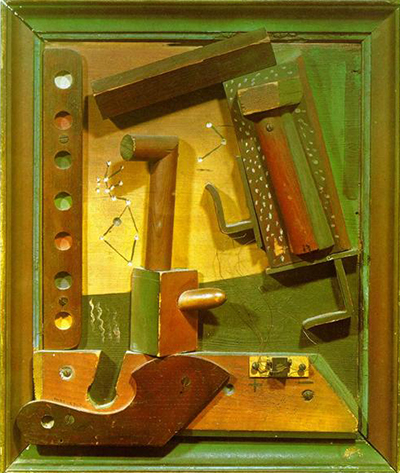
Fruit of a Long Experience
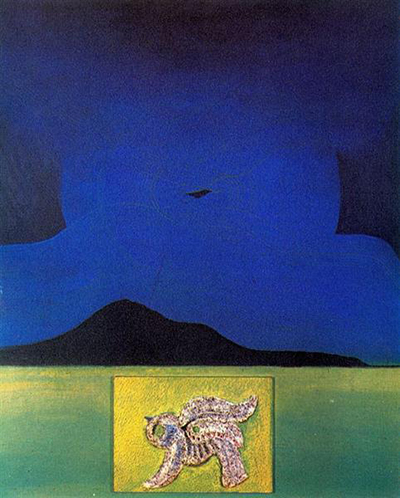
Gulf Stream
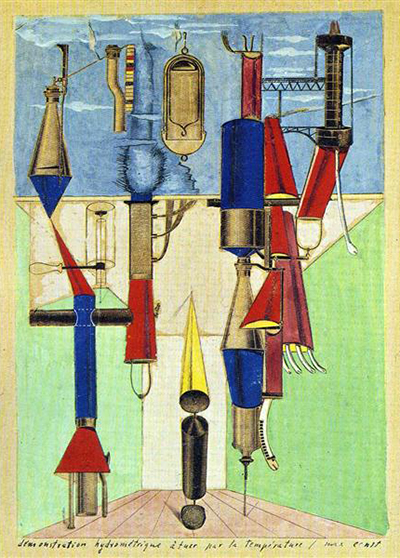
Hydrometric Demonstration
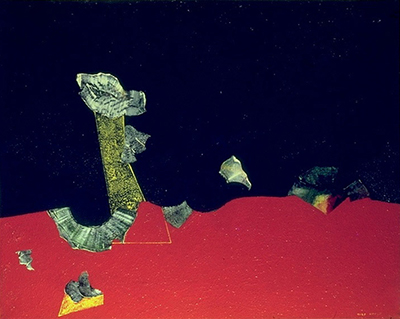
Landscape with Shells
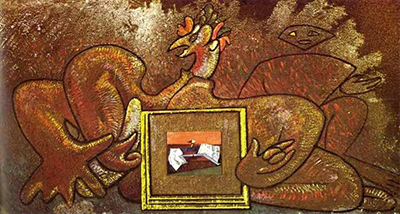
Loplop introduces Loplop
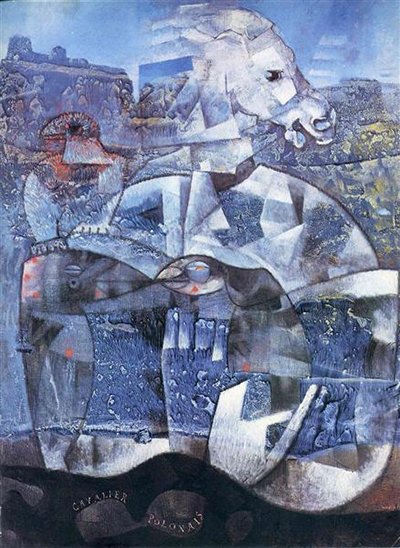
My Absolute
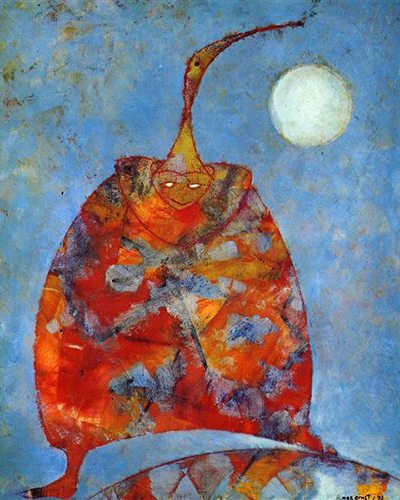
My Friend Pierrot
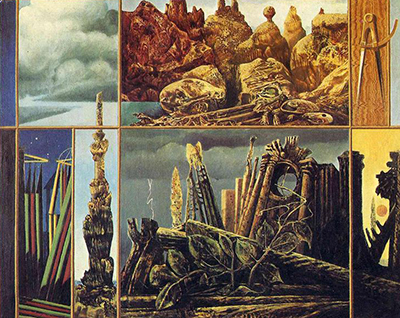
Painting for Young People
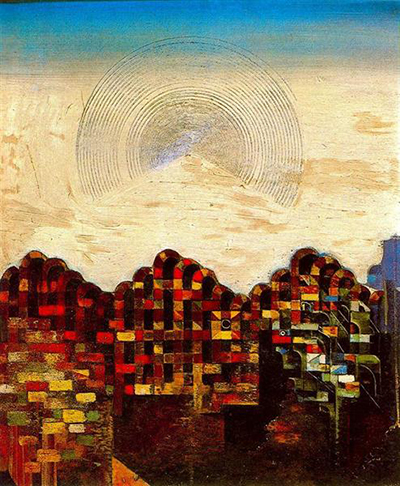
Paris Dream
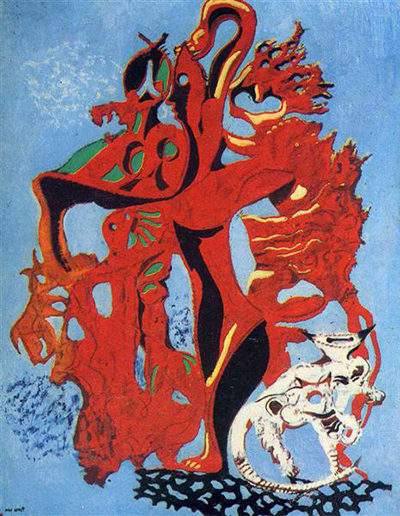
Pomegranate Flower
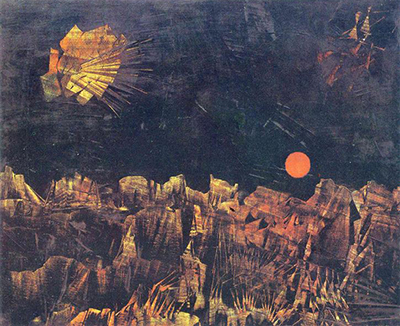
Praise to Tanguy
 Max Ernst.jpg)
Saint Cecilia (Invisible Piano)
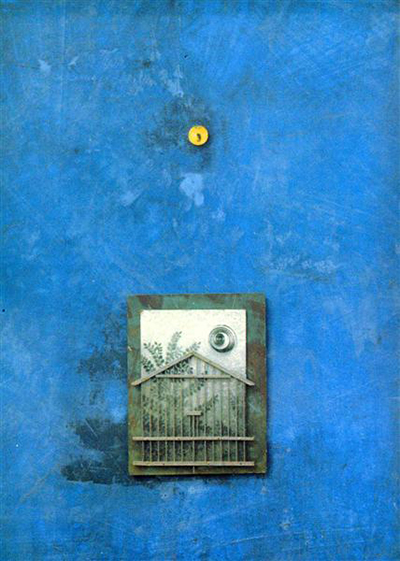
Sanctuary
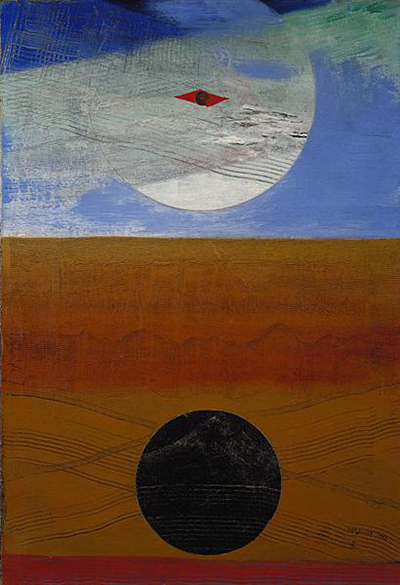
Sea and Sun
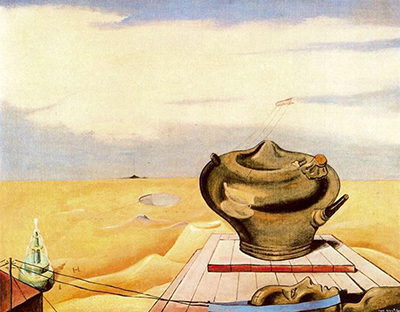
Seascape
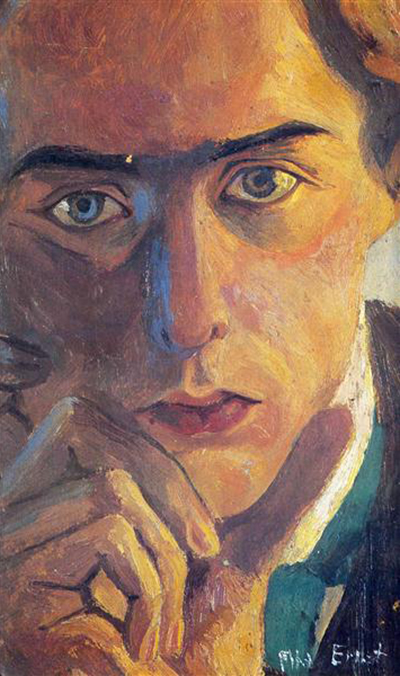
Self Portrait
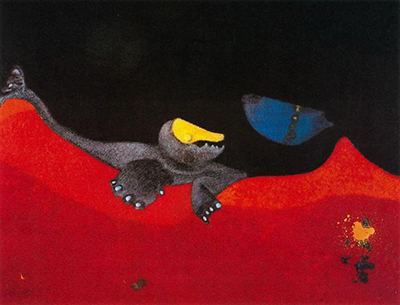
Sign for a School of Monsters
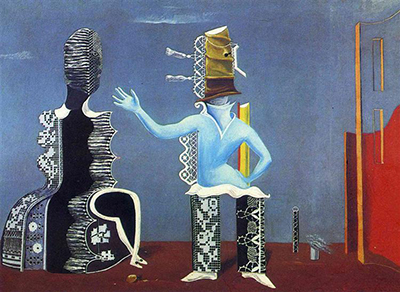
The Couple in Lace
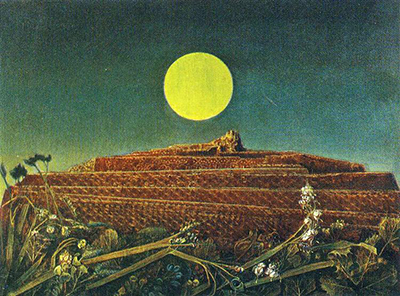
The Entire City II
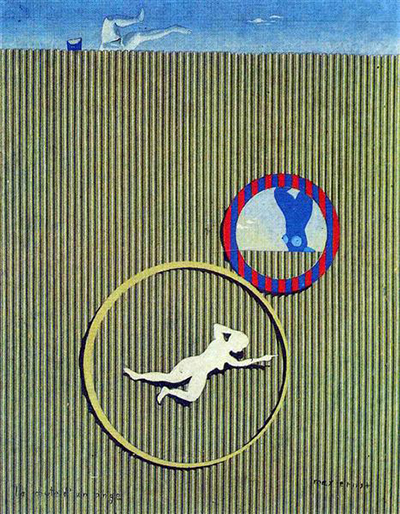
The Fall of an Angel
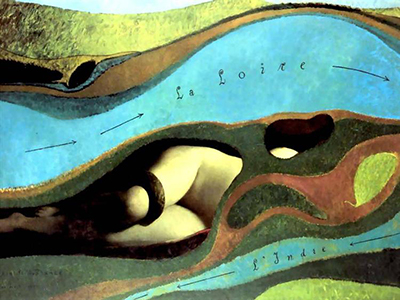
The Garden of France
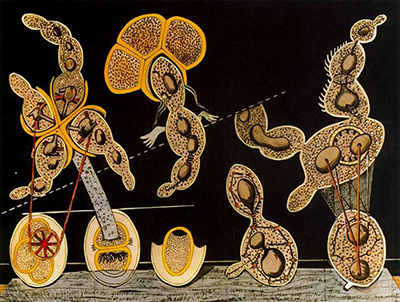
The Gramineous Bicycle Garnished with Bells the Dappled Fire Damps and the Echinoderms Bending the Spine to Look for Caresses
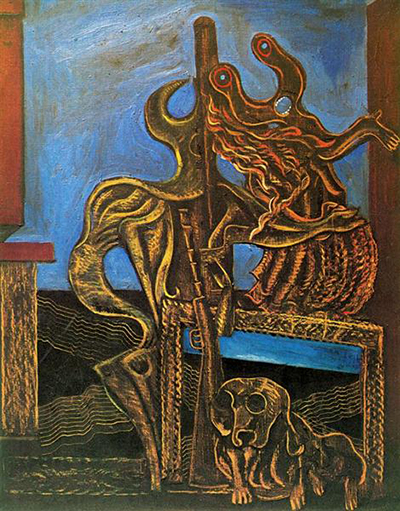
The Hunter
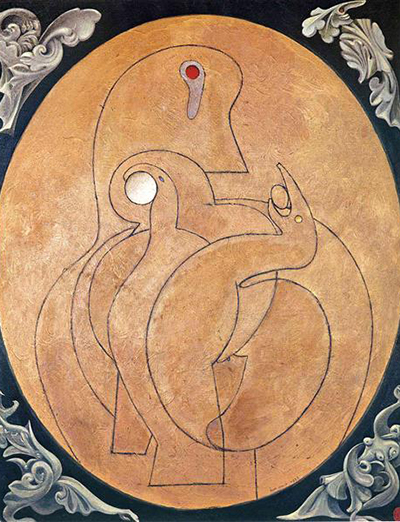
The Inner Vision - The Egg
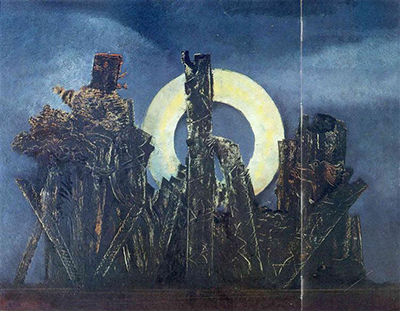
The Large Forest
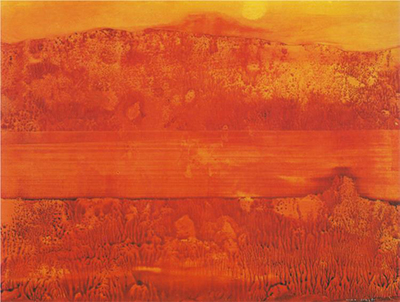
The Obscure Gods
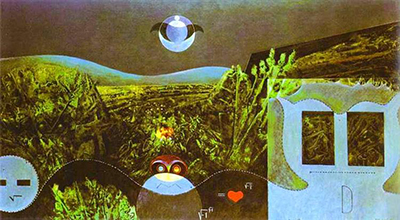
The Phases of the Night
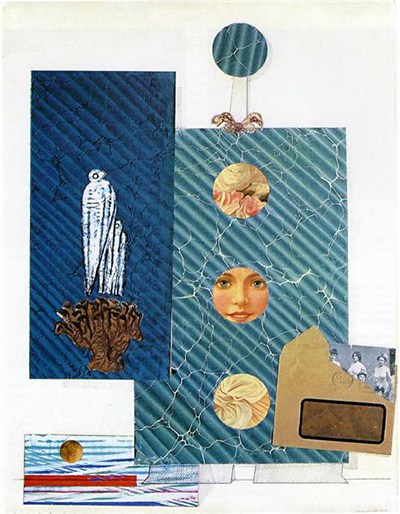
The Postman Cheval
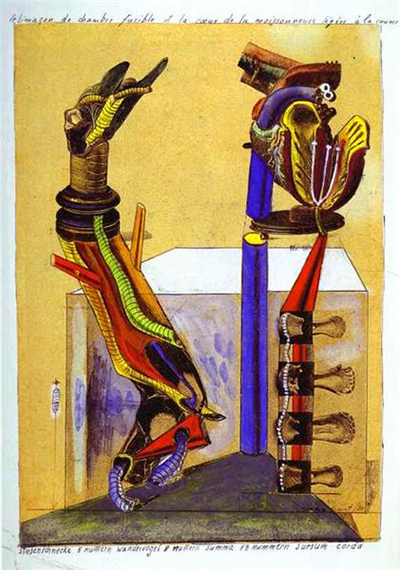
The Slug Room
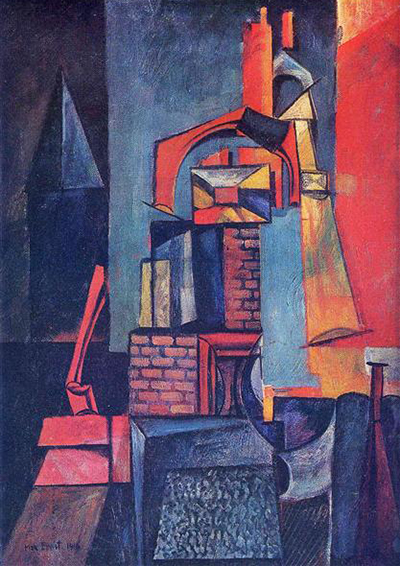
Towers
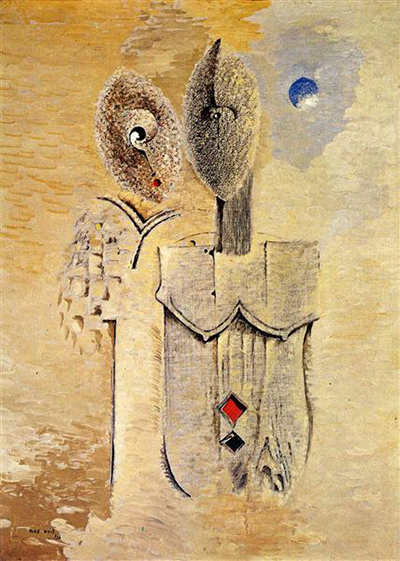
Two Sisters
 Max Ernst.jpg)
Untitled (1920)
 Max Ernst.jpg)
Untitled (Dada)
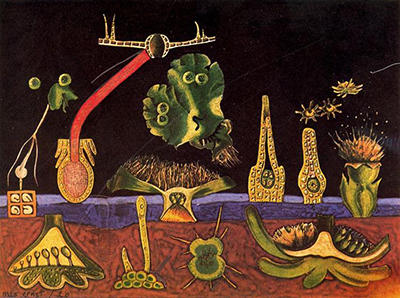
Untitled
